Screw Conveyors CFD Simulation Using Dynamic Mesh – ANSYS Fluent Tutorial
Screw Conveyors CFD Simulation Using Dynamic Mesh – ANSYS Fluent Tutorial
- Upon ordering this product, you will be provided with a geometry file, a mesh file, and an in-depth Training Video that offers a step-by-step training on the simulation process.
- For any more inquiries regarding the product, please do not hesitate to reach out to us at info@CFDLAND.com or through our online support assistant.
€150 Original price was: €150.€135Current price is: €135.
This tutorial shows you how! Screw conveyor CFD simulation lets you watch materials flow inside these spinning machines without building expensive prototypes. Using ANSYS Fluent’s dynamic mesh feature, we can make virtual screw conveyors that actually turn and move materials just like real ones. This step-by-step guide covers everything about setting up a rotating screw conveyor simulation with dynamic mesh techniques. You’ll learn how to model the spinning auger screw and see exactly how particles flow through your conveyor system. Dynamic mesh modeling is super important for accurate screw conveyor design since the screw is always moving and pushing material. This ANSYS Fluent tutorial uses User-Defined Functions (UDFs) to control how the mesh moves with the screw rotation. Whether you’re designing industrial screw conveyors, studying material transport efficiency, or optimizing conveyor performance, this guide makes complex CFD simulations easy to understand. Perfect for beginners and experts alike, you’ll master dynamic mesh techniques for rotating machinery and learn to predict how changes in your screw conveyor design affect material flow. Skip expensive testing and use computational fluid dynamics to find the perfect screw conveyor for your needs!
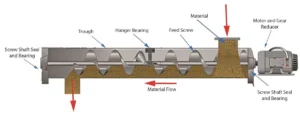
Figure 1: Schematic of how screw conveyors work [powderbulksolids.com]
Simulation process
We built our screw conveyor model using Spaceclaim & Fluent meshing tools. The model has a long tube with a spiral screw inside it that can turn. To handle both air and the material being moved, we used the VOF (Volume of Fluid) multiphase model in Fluent. This lets us track where different materials are as the screw turns. The biggest challenge was making the mesh move when the screw rotates. For this, we used dynamic mesh methods – specifically smoothing and remeshing. Smoothing shifts mesh points around to keep good quality cells, while remeshing creates new cells when the old ones get too stretched or squished. We wrote a simple UDF (User-Defined Function) to control how the screw moves, making it rotate at a steady speed. This combination of VOF for tracking materials and dynamic mesh for handling motion gives us an accurate way to see how screw conveyors really work.
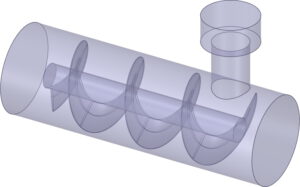
Figure 2: geometry model of screw conveyor
Post-processing
These images reveal the complex flow patterns created by our rotating screw conveyor. The streamlines (colored lines showing fluid movement) demonstrate how material spirals through the system following the screw’s helical path. Notice the bright orange-red streamlines in the vertical discharge tube, showing where flow velocity reaches its maximum – this is where gravity and the screw’s pushing force combine. The blue streamlines in the horizontal section show slower movement where material is primarily pushed by the screw blades. The swirling patterns visible between screw flights (the spaces between spiral blades) indicate secondary flows that develop as material tumbles and rotates while being pushed forward. These secondary flows are critical for mixing applications but can reduce transport efficiency if too intense. Our dynamic mesh simulation successfully captures these complex 3D flow patterns that would be impossible to visualize with static meshes or physical experiments.
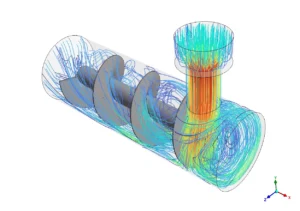
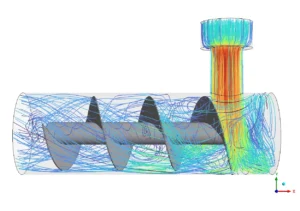
Figure 3: Flow Streamlines in Screw Conveyor
The velocity distribution shown in this contour plot provides crucial engineering insights into screw conveyor performance. The highest velocities (red regions) concentrate in the vertical discharge section, reaching approximately 2-3 times the velocity seen in the horizontal transport section. This acceleration is expected and desirable as material drops and exits the system. The blue low-velocity regions near the outer walls indicate potential areas where material might accumulate over time, especially if cohesive or sticky materials are being transported. An interesting engineering observation is the asymmetric velocity profile around the screw – particularly visible in the junction between horizontal and vertical sections. This asymmetry suggests uneven material distribution that could lead to unbalanced loads on the screw shaft and bearings, potentially reducing equipment lifespan. The VOF multiphase model combined with our dynamic mesh approach accurately captures these nuances that simpler modeling methods would miss. Engineers can use these results to modify blade angles, clearance gaps, or rotation speeds to achieve more uniform material transport and reduce mechanical stress on the system.
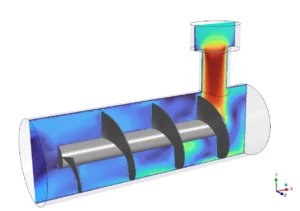
Figure 4: Velocity Magnitude Contours
We pride ourselves on presenting unique products at CFDLAND. We stand out for our scientific rigor and validity. Our products are not based on guesswork or theoretical assumptions like many others. Instead, most of our products are validated using experimental or numerical data from valued scientific journals. Even if direct validation isn’t possible, we build our models and assumptions on the latest research, typically using reference articles to approximate reality.
Yes, we’ll be here . If you have trouble loading files, having technical problems, or have any questions about how to use our products, our technical support team is here to help.
You can load geometry and mesh files, as well as case and data files, using any version of ANSYS Fluent.
€220 Original price was: €220.€125Current price is: €125.

€220 Original price was: €220.€135Current price is: €135.

€240 Original price was: €240.€155Current price is: €155.

€175 Original price was: €175.€125Current price is: €125.

€155 Original price was: €155.€99Current price is: €99.

€190 Original price was: €190.€145Current price is: €145.


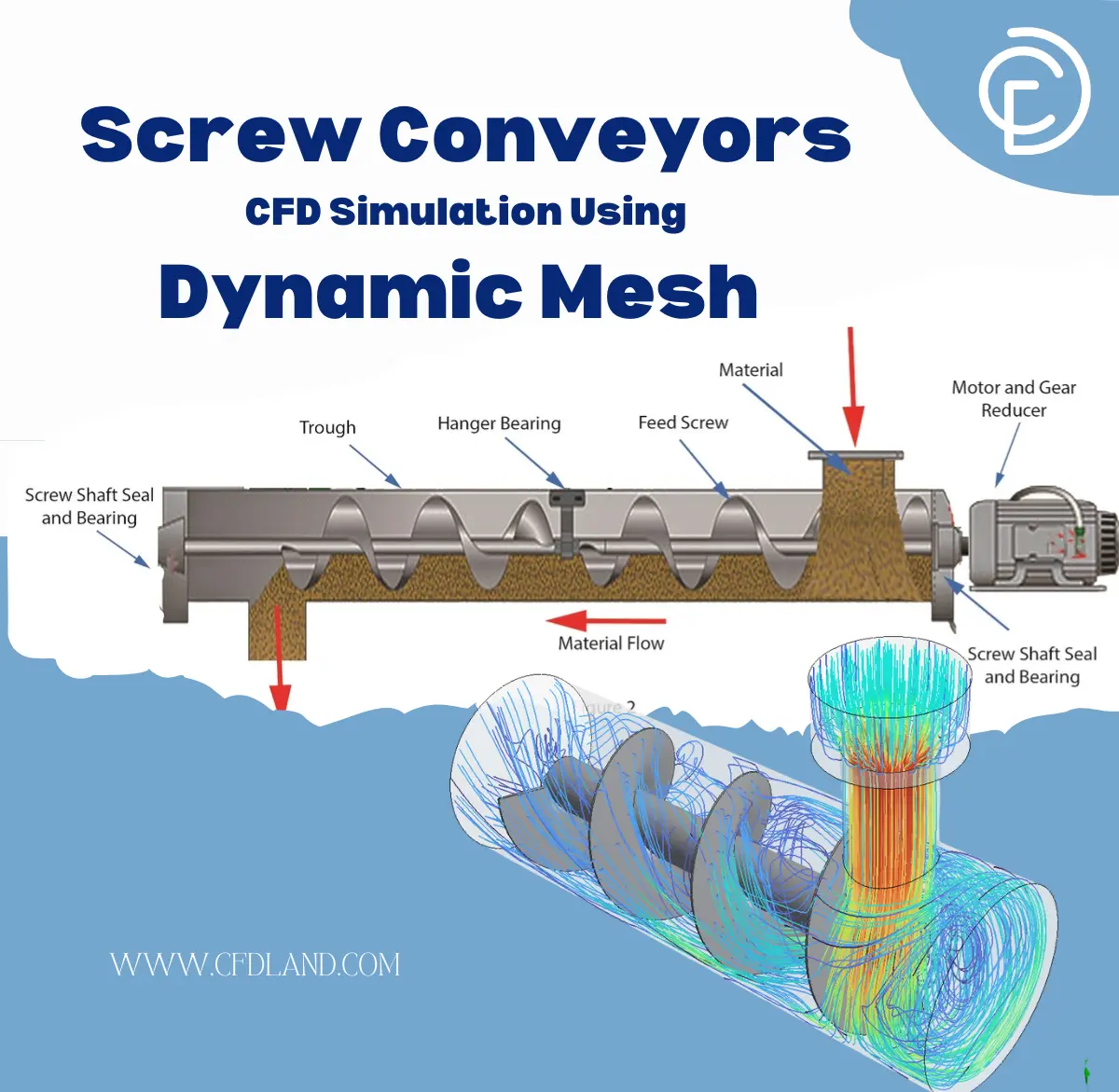
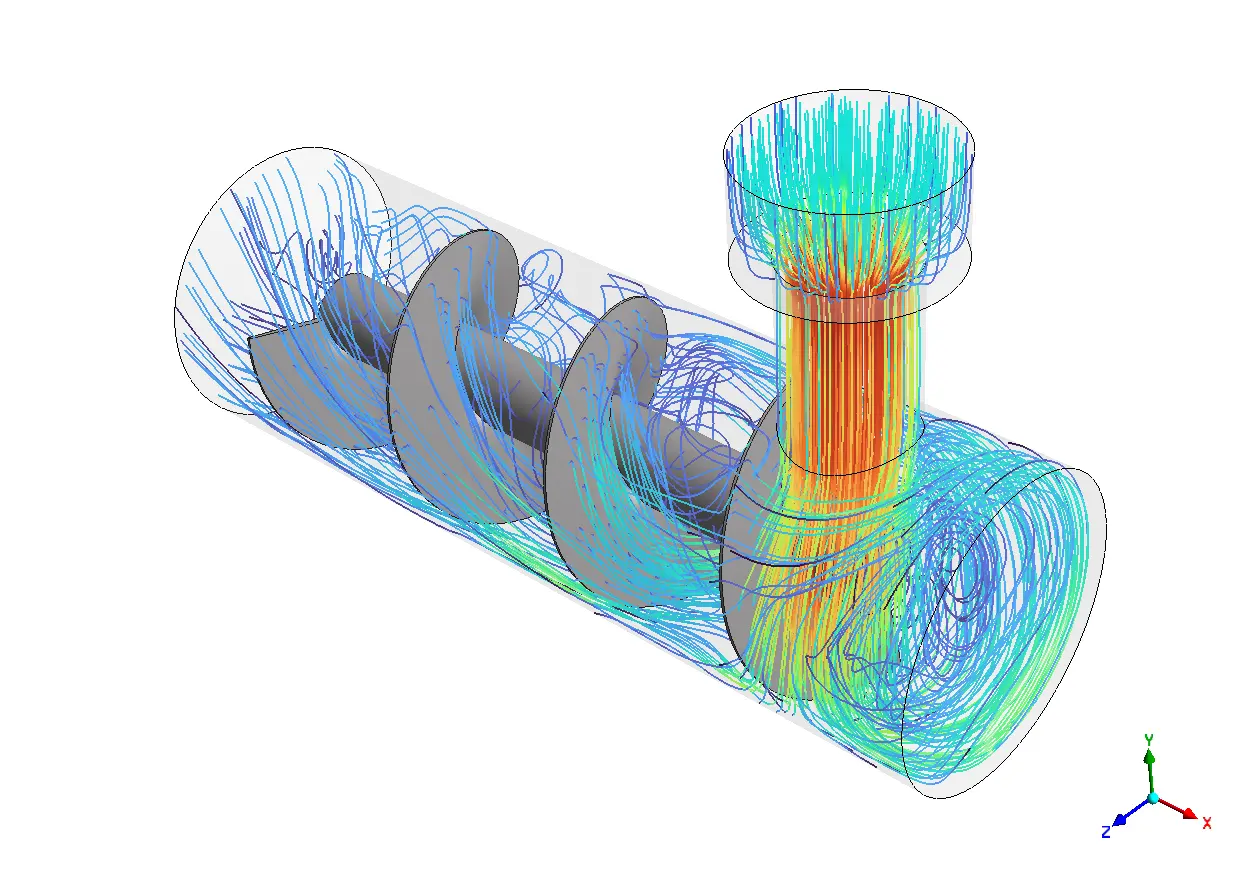
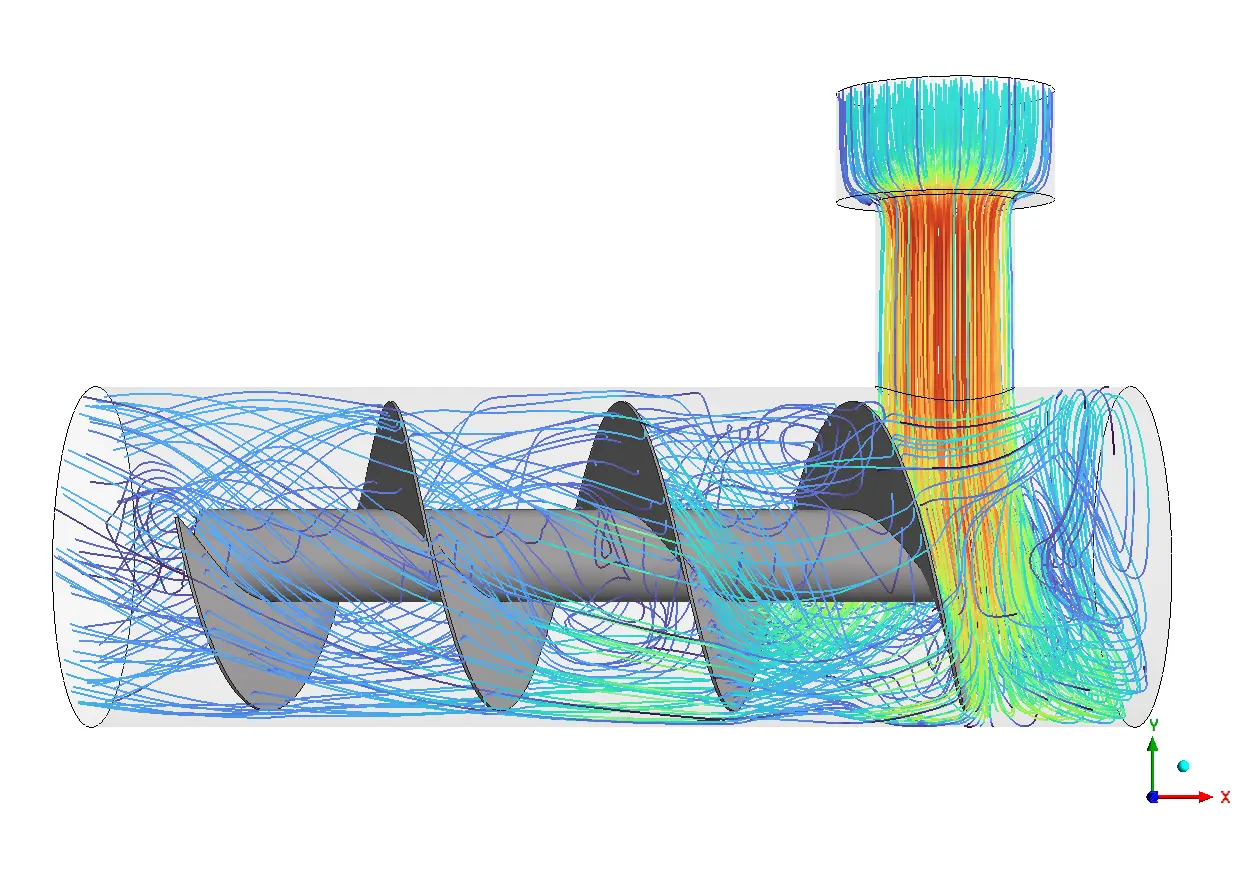
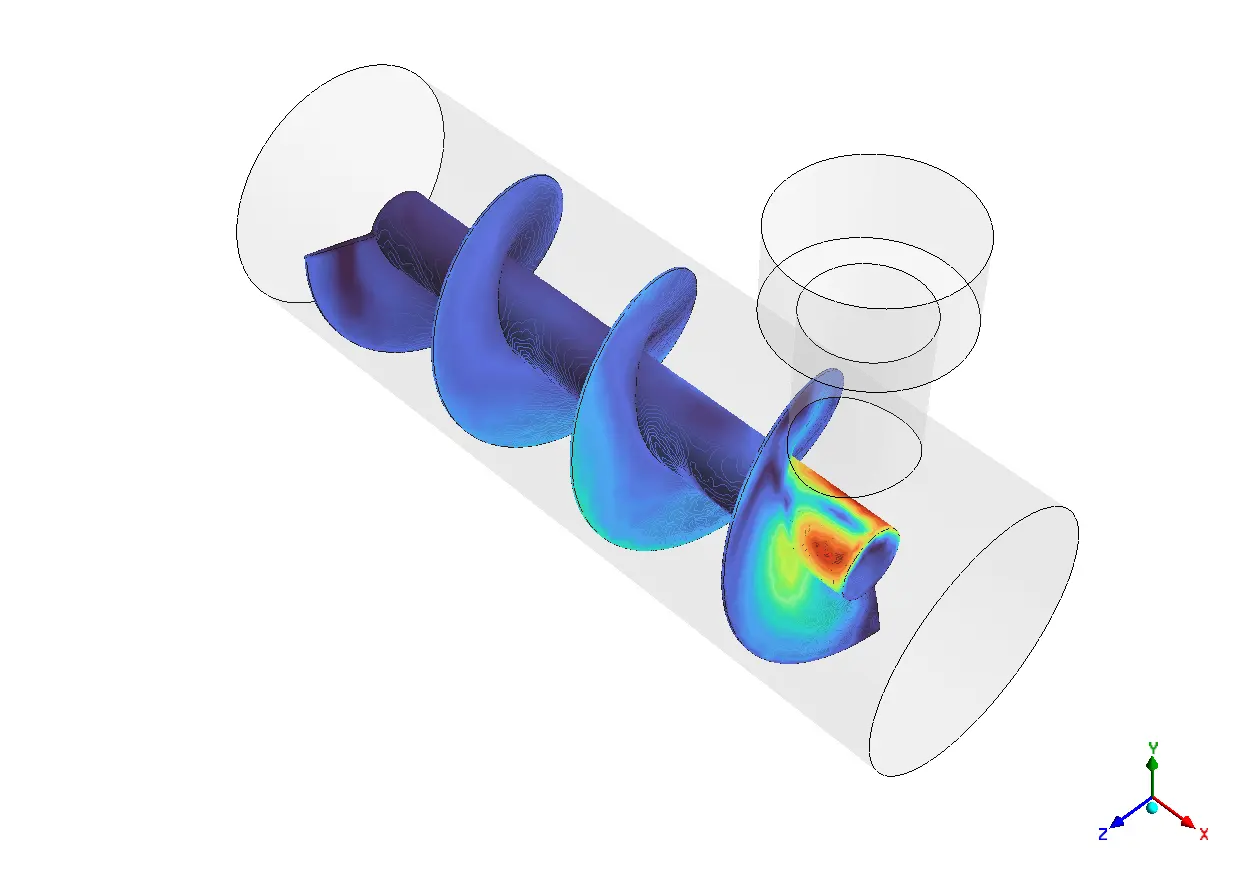
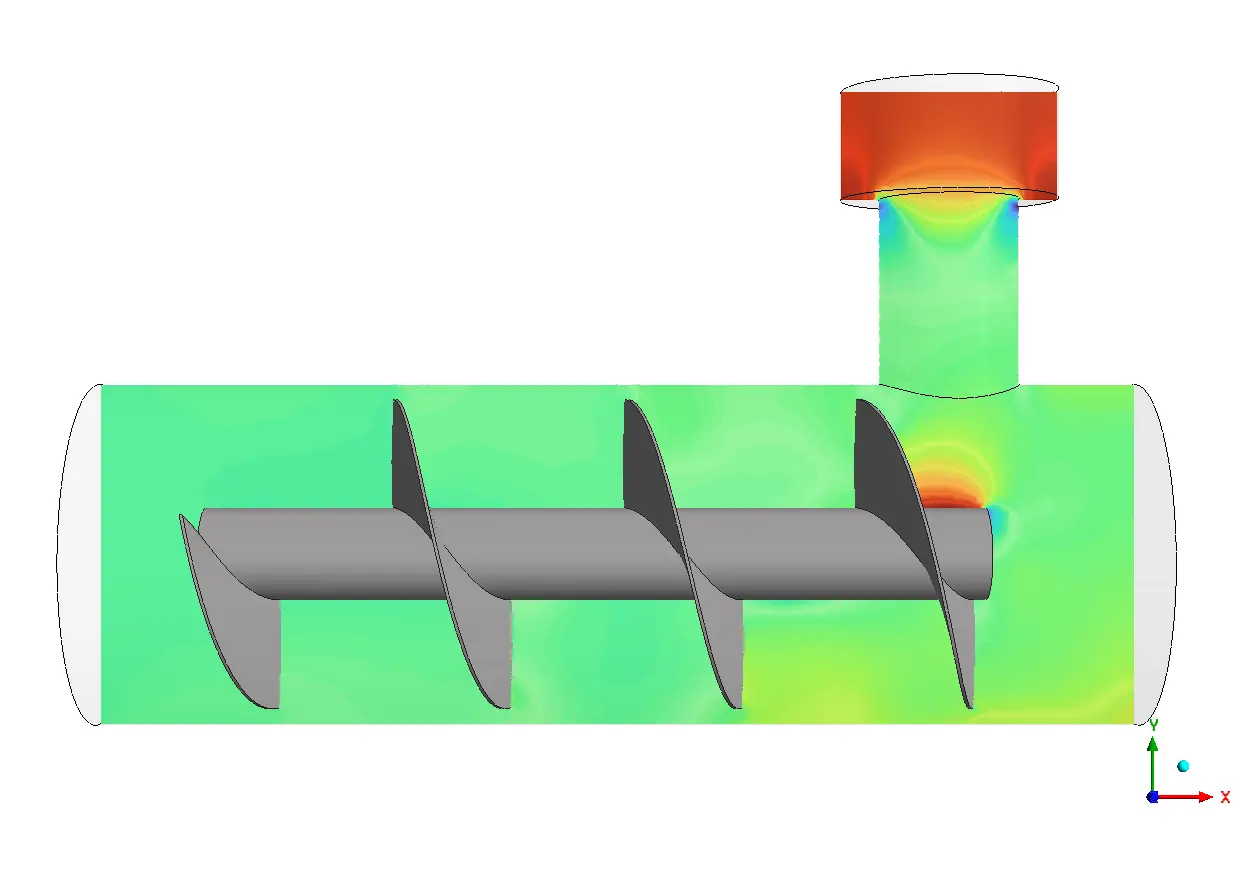
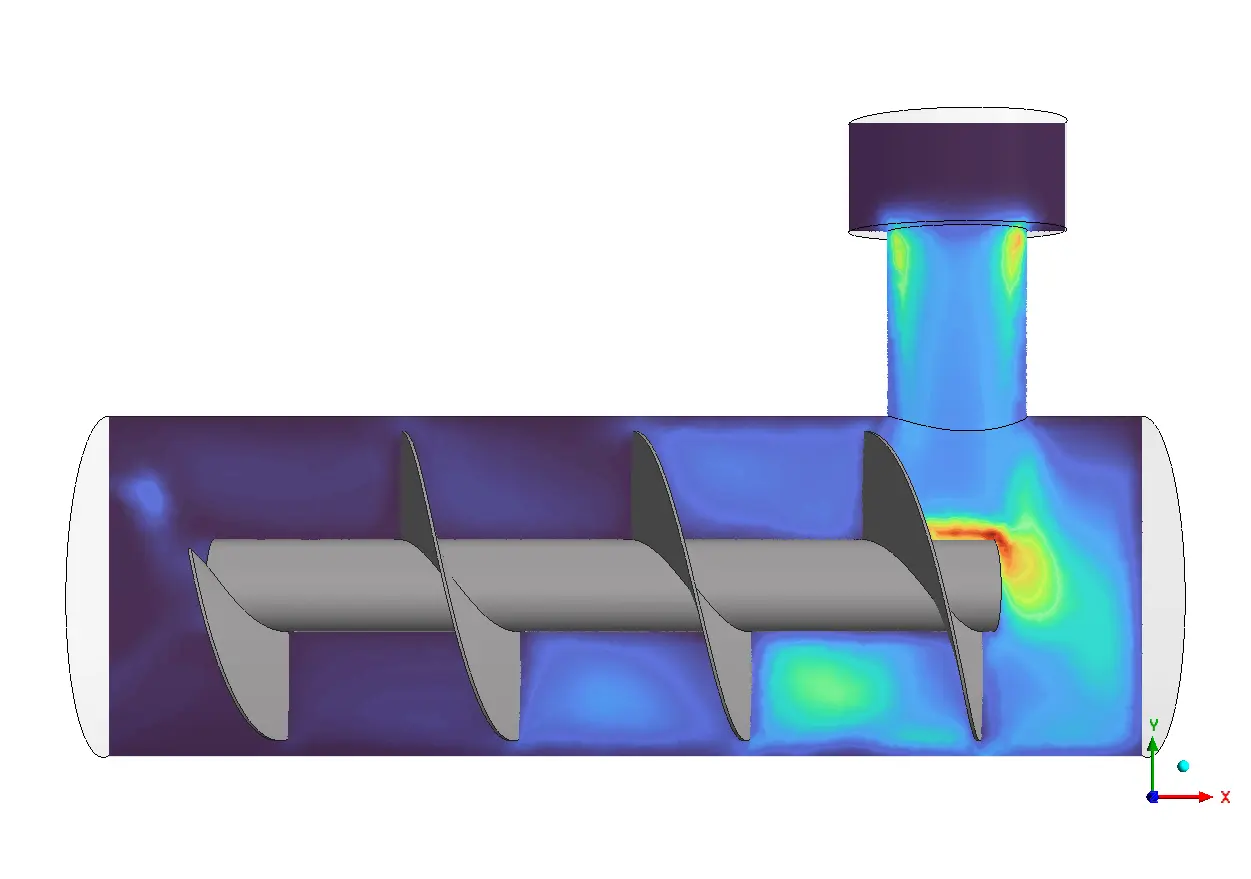
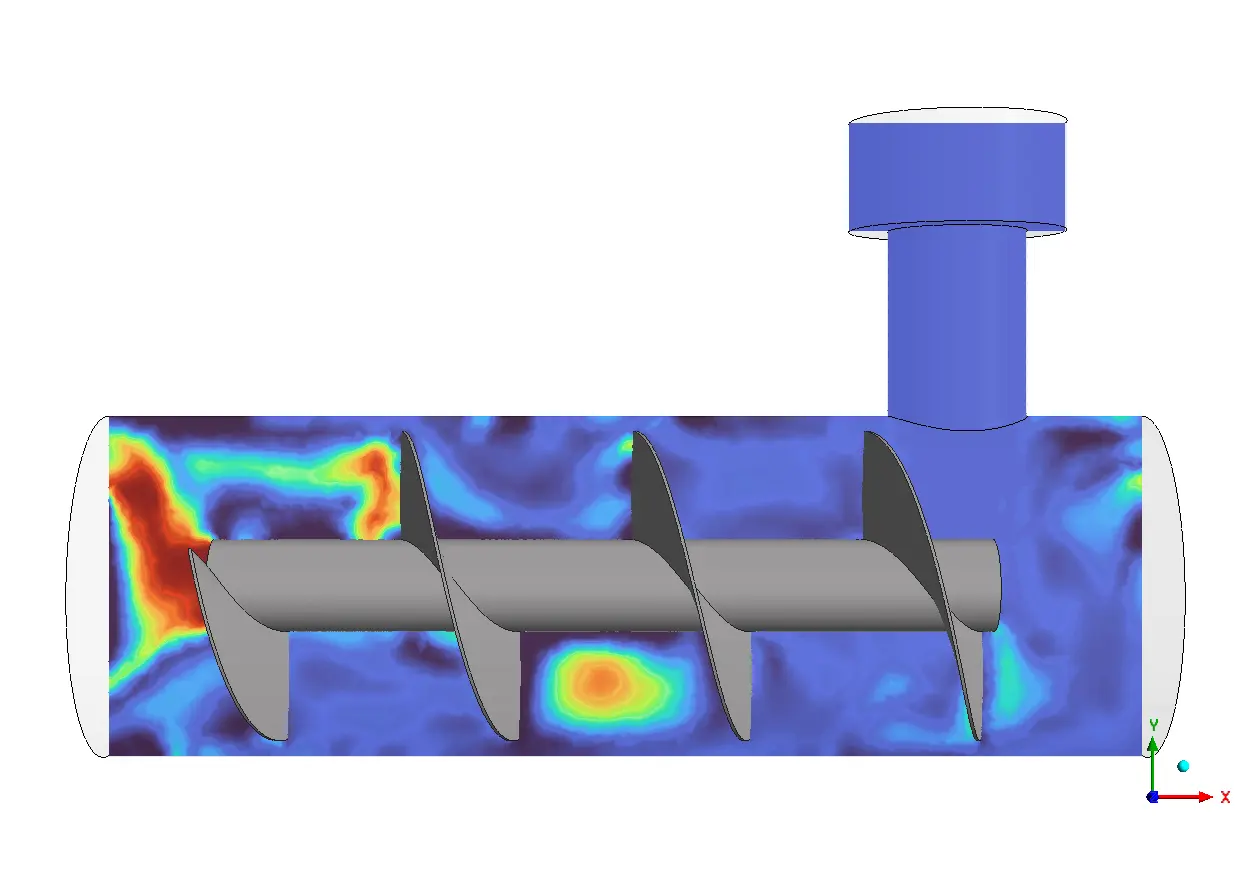
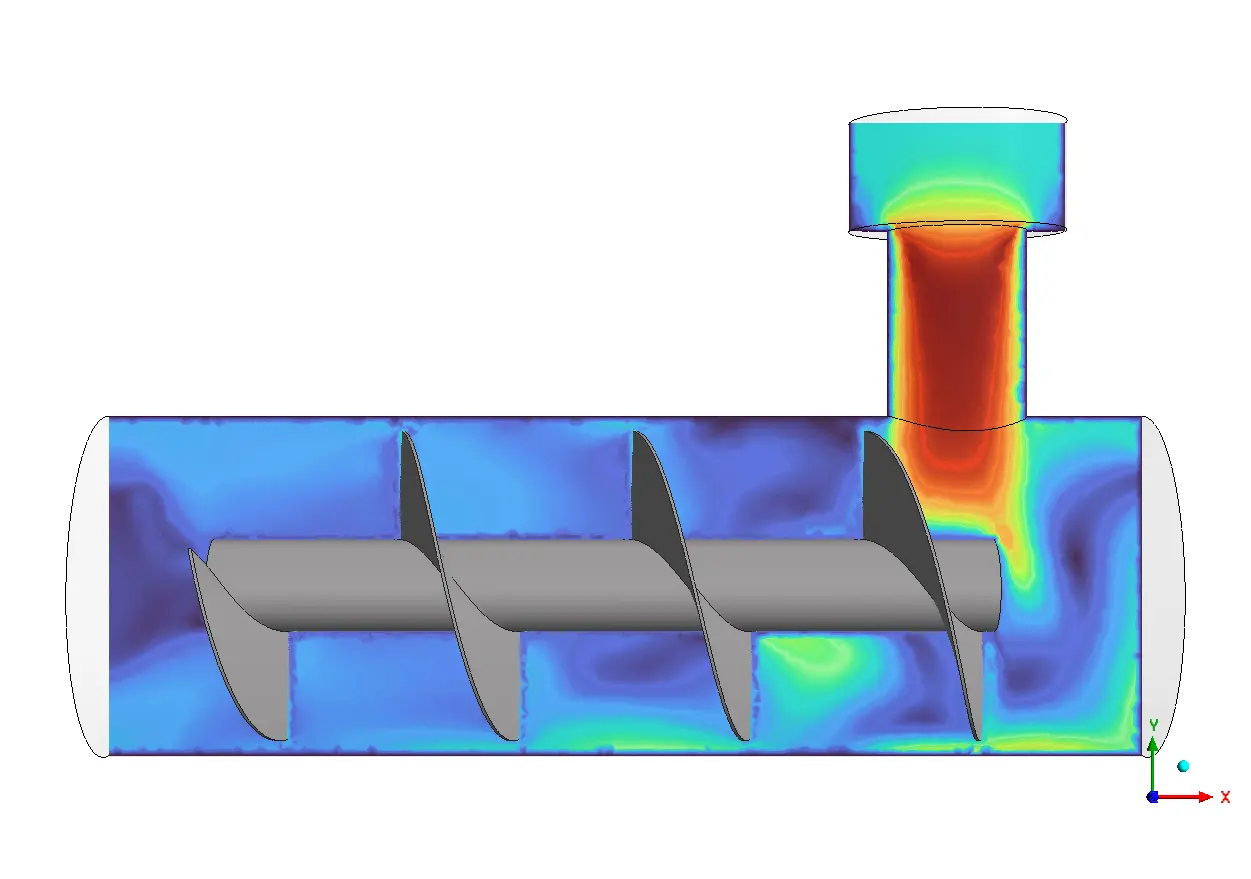








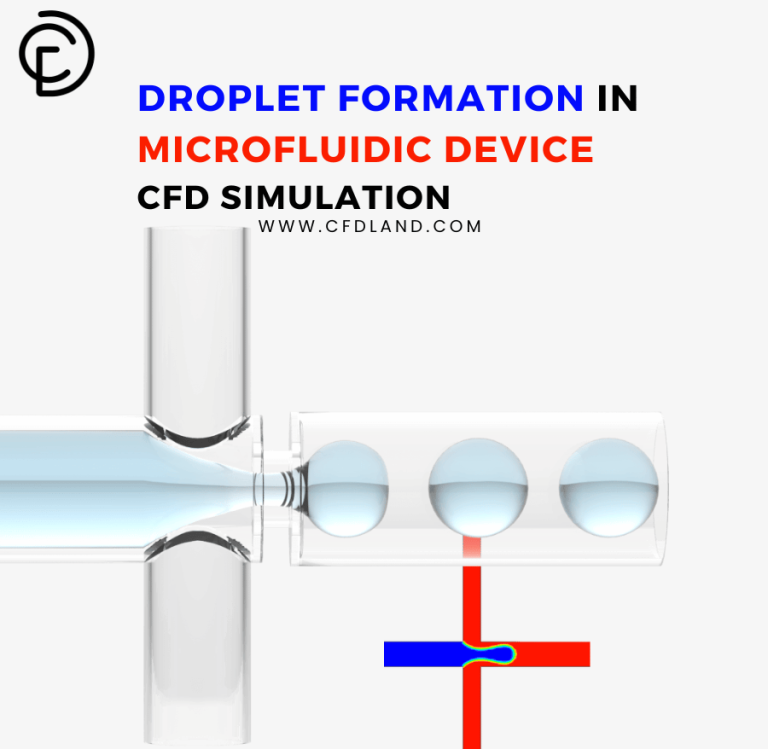
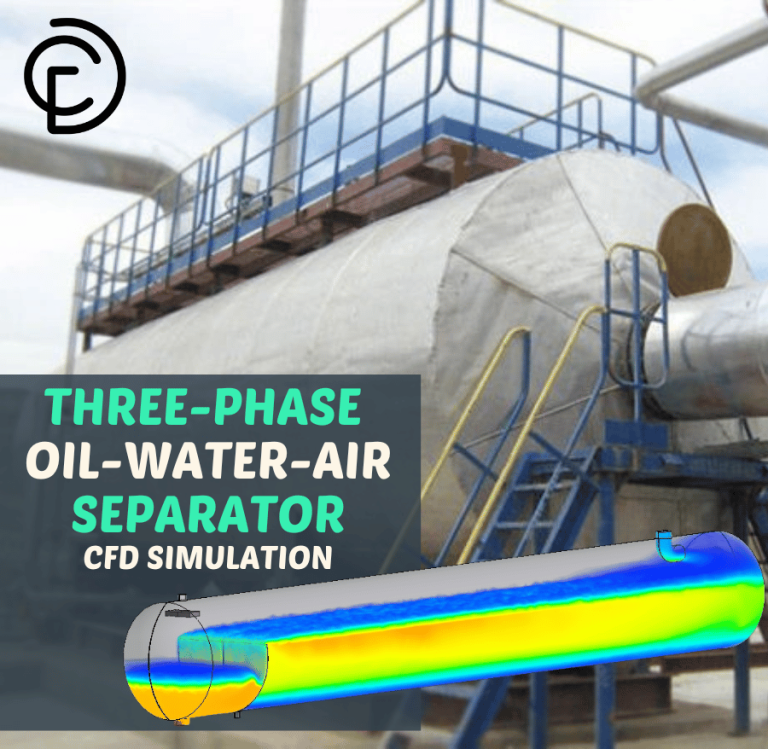
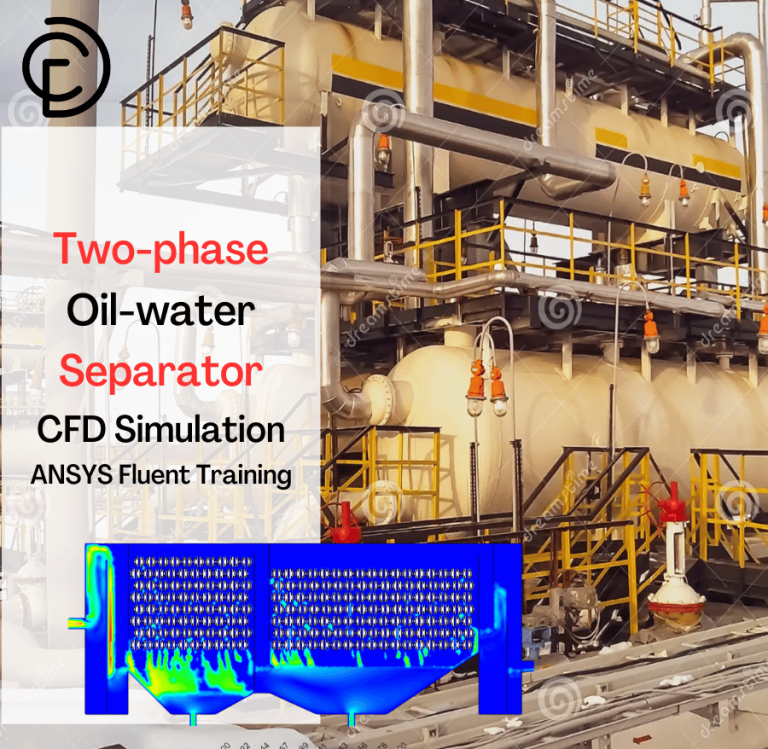
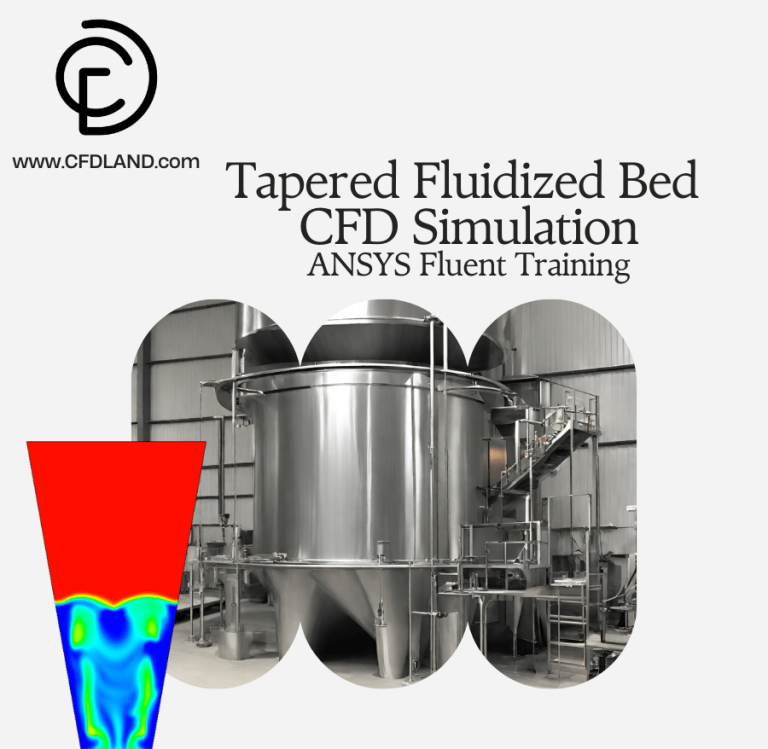
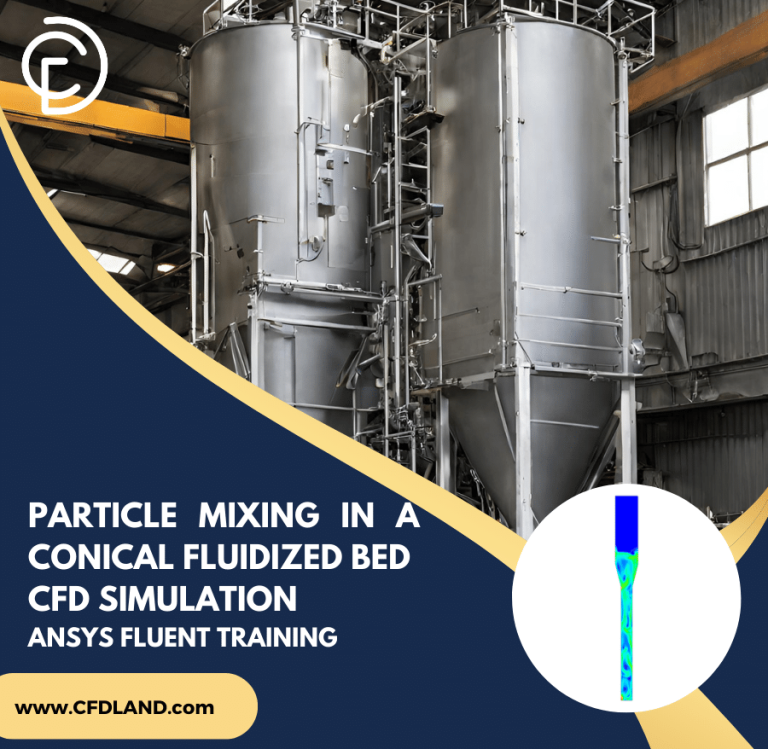
Reviews
There are no reviews yet.